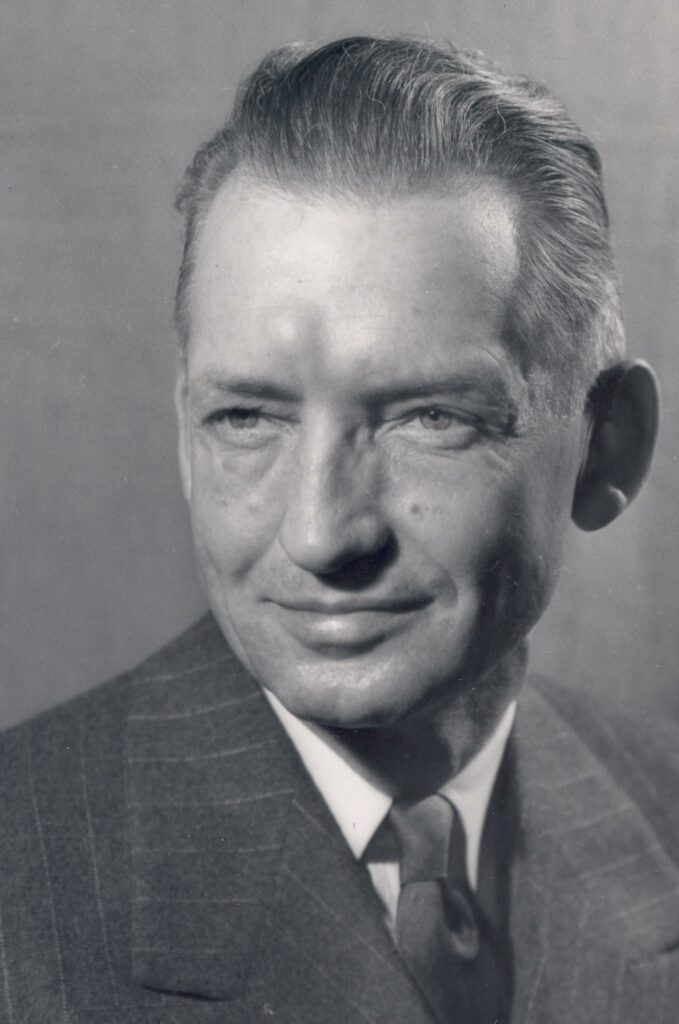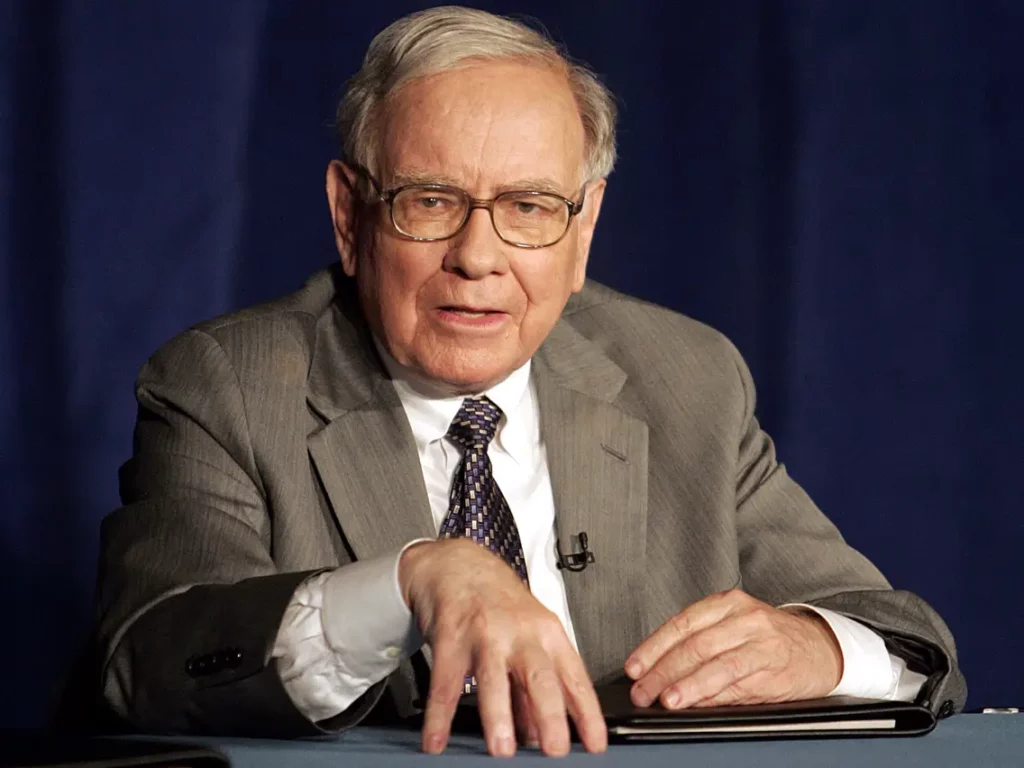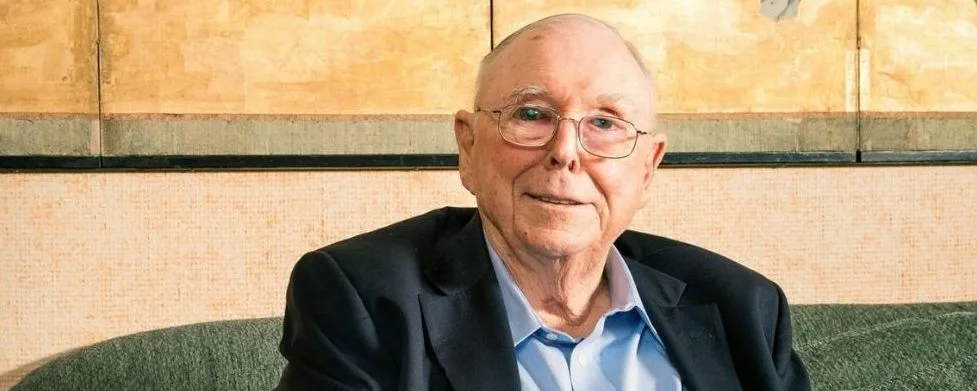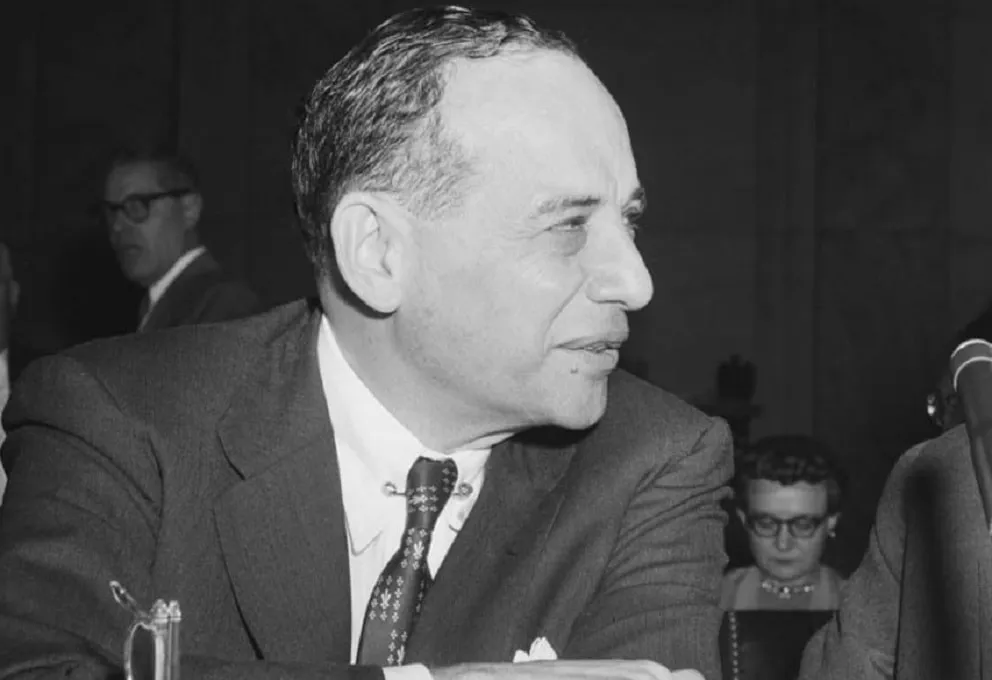To talk about the history of value investing is to talk about Benjamin Graham, known as "the father of value investing", who was a pioneer in seeking and finding a way to invest in the stock market without running great risks; creating the method we know today as value investing.
Thanks to this innovative methodology, Graham managed to make stock market operations, until then considered mere speculation, begin to be seen as another form of investment.
Benjamin Graham was born in London on May 8, 1894, but when he was only one year old, he and his family moved to New York. After his father's death in 1903, his mother invested her entire inheritance in the stock market. However, two years later, due to the financial crisis "the bankers' panic of 1907", they were left in poverty.
It was at that time that Graham developed a strong aversion to risk. An aspect that would be of utmost importance in the development of his career. His desire to get out of that situation motivated him to study and become a brilliant student, to such an extent that he ended up graduating from Columbia University at the age of 20.
Graham then received an offer to become a member of Columbia's mathematics faculty, but at that time he turned it down to go to work on Wall Street with the firm of Newburger, Henderson, and Loeb (for only $12 a week). In that job his duties consisted of acting as a broker, delivering securities and checks, and writing descriptions of bond issues.
Later, he also began analyzing and writing the company's daily market letter. His skills and his drive to improve day by day led him, in 1919 and at only 25 years of age, to become a full partner in the firm. He went on to earn around $500,000 a year.
In 1923 Graham left the company to found his own, which became a reality in 1926 when he created the Graham-Newman partnership (together with Jerome Newman, a Wall Street investor), and a few years later, in 1928, he also took on the role of professor at Columbia University, teaching finance classes at night. He remained there until his retirement in 1956.
David Dodd

It wasn't until Graham lost most of his investments in the crash of 1929 that he began to do research on how to minimize investment risks. At that time he was working as a professor at Columbia University and, through his research, he came to the conclusion that:
- If the intrinsic value (or real value) of a stock is higher than the market value of the stock, the investor should buy and hold the stock until its price rises.
- If the intrinsic value of a stock is less than the market value, it is not an interesting investment.
Performing this type of analysis is what is known as the value investing strategy. In short, value investing is based on buying shares of good companies that are, for some reason, at a price lower than their real value.
This is how value investing was created by Graham together with finance professor David Dodd at Columbia Business School. The principles of security analysis developed by these two professors provided rational concepts for making investment decisions.
Warren Buffett

Graham had a star pupil, Warren Buffett, who learned to invest according to Graham's theory, "value investing", a strategy that marked him and that, by applying it (adding some of his own theories), has led him to become one of the best investors worldwide.
During the time he was mentored by Graham, Buffett devised 3 rules that he always shares and never breaks:
- Rule number one: never lose money
- Rule number two: never forget rule number one
- Rule number three: don't go into debt
Shortly after working hand in hand with Graham, Buffett returned to his hometown and found that several people in his family wanted to invest in the stock market. He proposed that they set up a partnership, where they put up the money ($105,100 at the time, of which Warren Buffett put up only $100) and he made the investment decisions.
At that time Warren Buffett knew all the facts about the companies listed on Wall Street, of which there were many, and he took advantage of this to invest by following his own strategy, known as the "cigar butt strategy" (looking for cigar butts that still have a puff left to take).
In other words, he looked for undervalued stocks. With this strategy, he managed to go from the initial $105,100 to $7 million in 6 years.
Charlie Munger

There is another important figure in the history of value investing. Charlie Mugler was born in 1924. As a young boy he worked for a business owned by Buffett's grandparents, but quickly struck out on his own. He received his law degree from Harvard Law School in 1948, after his military service.
Although Munger is considered a successful businessman, his first business venture was not very successful. His transformer company nearly bankrupted him, but thanks to Munger's vision, they were able to recover the capital invested.
In real estate, he founded the real estate law firm Munger, Tolles & Olson LLP. He made a 400% profit, together with Otis Booth, which, after a few years, allowed him to pocket his first million dollars. However, the real estate development business was not enough for Munger, so he set up his own investment company (1962-1975), earning a more than the remarkable return of approximately 20%.
Munger had a significant influence on Buffett when he convinced him to find interesting companies at a good price. In other words, he is a proponent of finding companies that can be sustained and that offer substantial growth prospects.
On the other hand, Munger has also been very critical of diversification strategies. For him, if an investment portfolio is too diverse, returns might suffer. Hence, Wesco Financial Corporation, the financial company he chaired, had an investment portfolio with shares in only four companies.
Another concept that Munger has introduced to the investment field is that of "elementary worldly wisdom". He says deceit leads to failure in business, so there has to be honesty and ethics on business.
Munger created the concept of the "Lollapalooza effect" which explains that investors, on several occasions, get carried away by the crowd, so they act without thinking.
Berkshire Hathaway
Berkshire Hathaway is the parent company of a holding company that produces and markets products of all kinds such as building materials, insurance, consumer products, and financial products, among many others.
In order to understand the origin of the Berkshire Hathaway company, it is necessary to establish two temporal spaces. The first one is between 1838 and 1955. In this period, the Valley Falls Company in Rhode Island and the Berkshire Cotton Manufacturing Company, both in the textile industry, were founded.
These two companies merged in 1929 creating Berkshire Fine Spinning Associates. From this moment until 1955 we can conclude the first time frame we mentioned. The second time frame begins in 1955 and continues to the present day. In 1955, Berkshire Fine Spinning Associates merged with Hathaway Manufacturing Company, creating the current Berkshire Hathaway.
Subsequently, in 1962 the Oracle of Omaha decided to buy his first shares of this company. It was in 1965 when he took control of the company and changed the board of directors.
From this moment on, Warren Buffett decided to expand the company's business lines. He began acquiring companies in insurance, construction materials, services, and retail or financial services.
With the passage of time, it is a company that has undergone a great revaluation of its share price. When Warren Buffett bought its first shares, they were trading at $7.5, and by the end of 2021, class A shares were trading at $540,000.
Berkshire Hathaway is a very famous company, as it is credited with creating much of Warren Buffett's fortune. Thanks to this company, and Warren Buffett's great skill in the investments he has made, the famous investor has been able to enter the select group of the richest people in the world.

